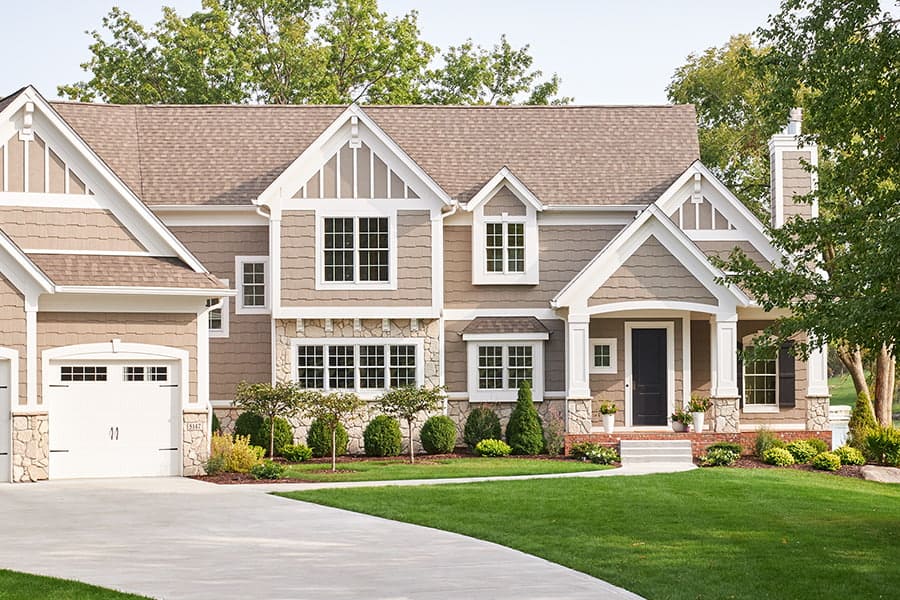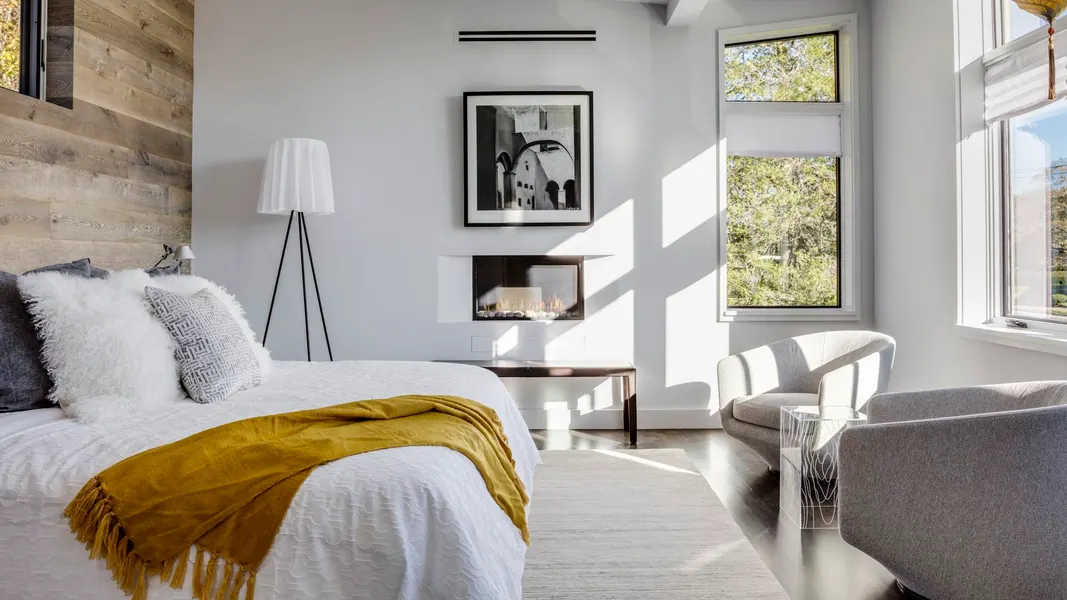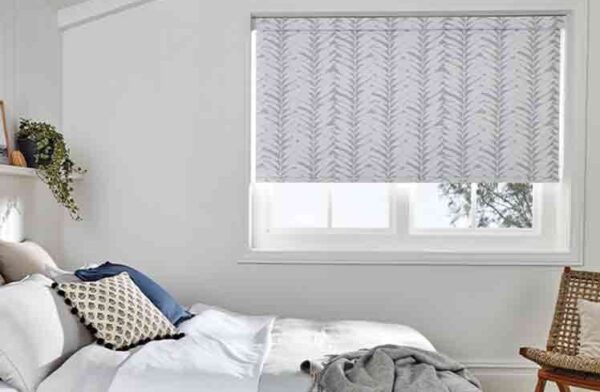Choosing the right window treatment for your home involves considering various factors, such as aesthetics, functionality, and budget. Here’s a breakdown of the pros and cons of drapes, curtains, shades, and blinds to help you decide which option is right for your windows:
Drapes:
Pros:
- Elegance: Drapes add a touch of sophistication and formality to any room.
- Insulation: They provide excellent insulation, keeping your home warm in winter and cool in summer.
- Light Control: Drapes offer complete light control, allowing you to block out sunlight entirely if desired.
- Privacy: They offer high levels of privacy, especially when lined.
- Sound Reduction: Drapes can help reduce outside noise, creating a quieter indoor environment.
Cons:
- Maintenance: Drapes require regular cleaning and can be cumbersome to take down and put back up.
- Cost: High-quality drapes can be expensive, especially custom-made ones.
- Space: They require more space around the window due to their volume, which might not be suitable for smaller rooms.
Curtains:
Pros:
- Versatility: Curtains come in various styles, fabrics, and patterns, offering a wide range of design options.
- Affordability: Curtains are generally more affordable than drapes, making them a budget-friendly choice.
- Easy Maintenance: They are easy to remove and clean, making them a practical choice for busy households.
- Light Control: Like drapes, curtains offer good light control options, depending on the fabric used.
Cons:
- Insulation: Curtains might not provide as much insulation as drapes, especially if they are lightweight.
- Durability: Low-quality curtains can fade or wear out quickly, requiring frequent replacements.
Shades:
Pros:
- Variety: Shades come in various styles, including roller shades, Roman shades, and cellular shades, offering diverse design options.
- Space-Saving: Shades are typically compact and ideal for small spaces.
- Light Control: They offer adjustable light control, allowing you to filter or block sunlight according to your preference.
- Energy Efficiency: Certain types of shades, like cellular or honeycomb shades, provide excellent insulation and energy efficiency.
Cons:
- Limited Designs: Compared to curtains and drapes, shades might have fewer design options.
- Cleaning: Some types of shades can be challenging to clean, requiring professional maintenance.
Blinds:
Pros:
- Control: Blinds offer precise control over light and privacy with adjustable slats.
- Durability: Blinds, especially those made of metal or faux wood, are durable and resistant to wear and tear.
- Low Maintenance: They are easy to clean and maintain, making them suitable for high-traffic areas.
- Space-Efficient: Blinds take up minimal space, making them suitable for small rooms or windows.
Cons:
- Aesthetics: Some people find blinds less aesthetically appealing compared to curtains or drapes.
- Limited Insulation: Blinds alone might not provide sufficient insulation; they are often paired with curtains or shades for better thermal control.
In summary, the choice between drapes, curtains, shades, or blinds depends on your specific needs and preferences. Consider factors such as your budget, desired level of insulation, maintenance requirements, and aesthetic preferences when making your decision. Additionally, many homeowners opt for a combination of treatments, such as curtains over blinds or shades for added versatility and style.





